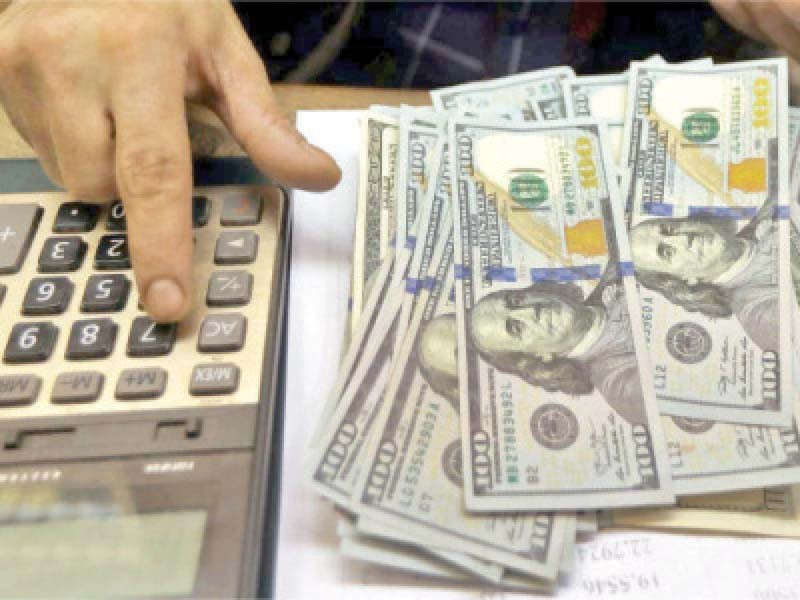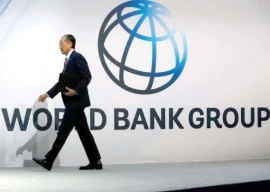
The ongoing International Monetary Fund (IMF) review under the $3 billion standby arrangement continued to weigh on Pakistani rupee that on Monday slipped to over one-month low above Rs285 against the US dollar in inter-bank market.
It marked the 11th consecutive working day of downward trend for the local currency.
According to the State Bank of Pakistan’s (SBP) data, the rupee dropped 0.34%, or Rs0.98, and closed at Rs285.29 against the greenback.
The currency has cumulatively decreased almost 3%, or Rs8.46, in the past 11 working days as compared to the three-month high of Rs276.83/$ reached in mid-October 2023.
In open market, the rupee dipped 0.69%, or Rs2, at Rs287 against the greenback, according to the Exchange Companies Association of Pakistan.
Reports suggest that Pakistan has sought the IMF’s assistance in overcoming the external financing shortfall of $6.5 billion for the ongoing fiscal year, though China is expected to extend support later this year.
Read Rupee rebounds to Rs278.81 against US dollar after sharp drop
Discussions to find ways to bridge the shortfall indicate that the demand for the greenback has remained higher than supply, which is mounting pressure on the rupee.
The financing committed by multilateral and bilateral creditors is coming in too slow, signalling that the government will have to look for other options.
Caretaker Finance Minister Shamshad Akhtar said the other day that Pakistan was not going to the global capital market to raise funds by floating Eurobonds and Sukuk as the market had become too expensive amid tight liquidity and high interest rates.
Pakistan has revised its estimate for interest payments to Rs8.5 trillion for FY24 compared to the previous figure of Rs7.3 trillion. This signals that the demand for financing in local currency will stay high.
A currency dealer, however, blamed banks for the downward trend of the rupee, saying that the local financial institutions were speculating to push the currency down.
He added that their speculation led to a surge in demand for the greenback while exporters were hesitant to sell dollar proceeds in the market and importers were buying in panic.
This market condition has forced people to return to the buying counters and consequently the demand for dollars has increased in open market.
Published in The Express Tribune, November 7th, 2023.
Like Business on Facebook, follow @TribuneBiz on Twitter to stay informed and join in the conversation.










1730379446-0/WhatsApp-Image-2024-10-31-at-17-56-13-(1)1730379446-0-270x192.webp)







COMMENTS
Comments are moderated and generally will be posted if they are on-topic and not abusive.
For more information, please see our Comments FAQ